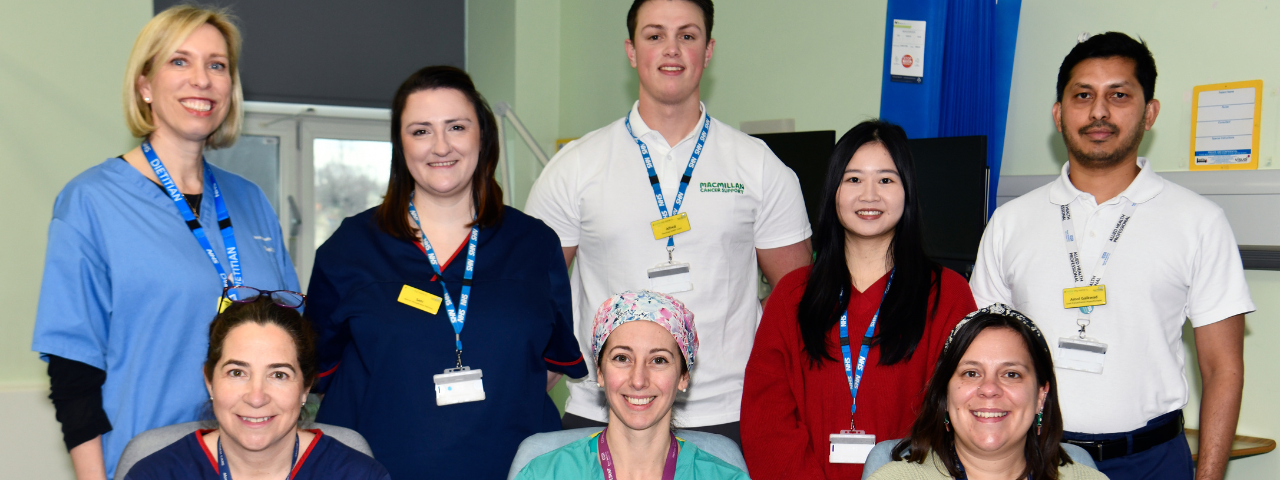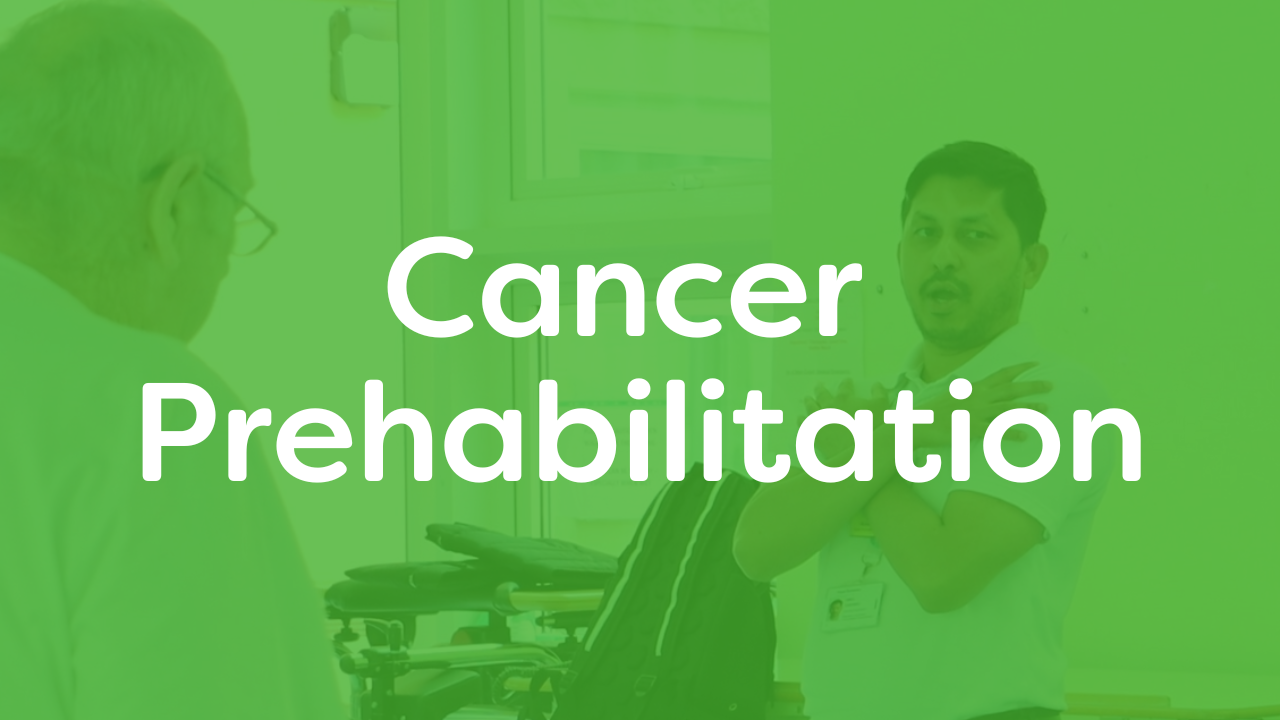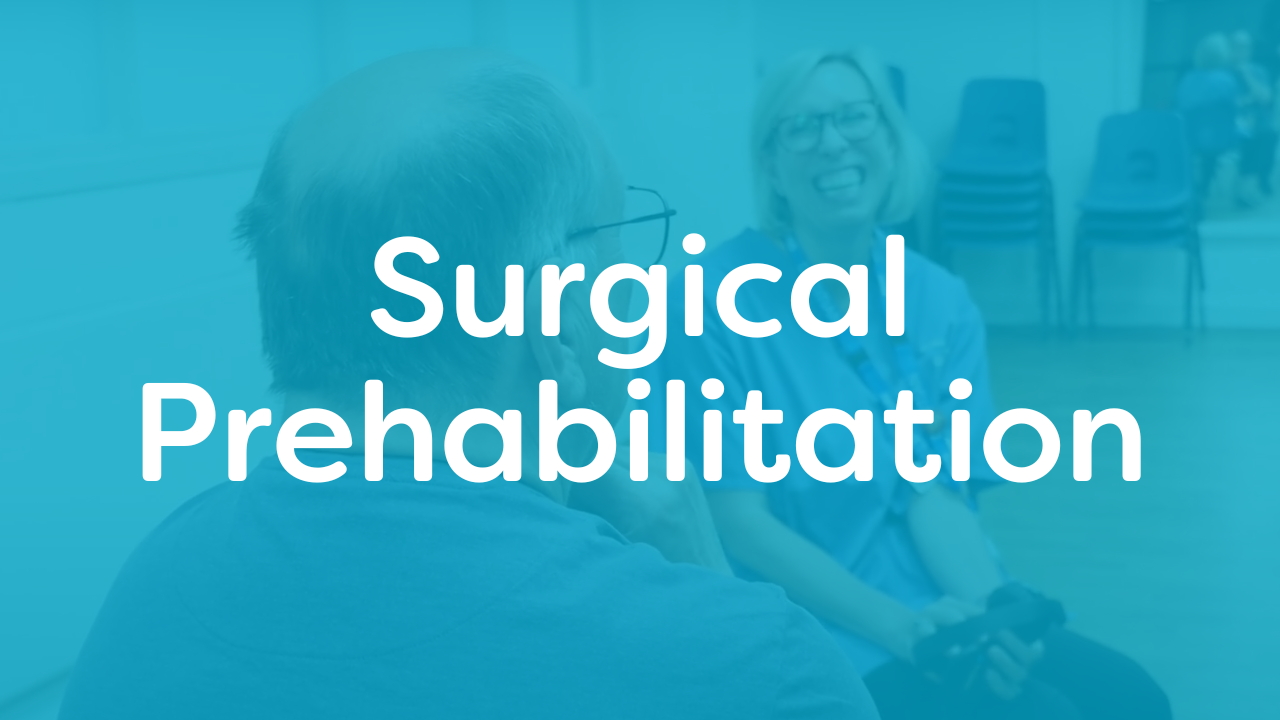Patient information leaflets

Prehabilitation
Having an operation challenges your body and mind, and prehabilitation is the process of getting physically and mentally ready for surgery.
There is lots of evidence that shows that when people make an effort to improve their physical and mental health before an operation, it can really help them to recover faster, have fewer setbacks and can potentially improve their long-term health and wellbeing.
The key parts of preparing your body and mind for surgery are: physical fitness, nutrition, mental wellbeing, stopping smoking and, reducing or stopping alcohol.
The benefits of prehabilitation are:
If you’re having surgery:
- Reduce post-operative complications
- Reduce the time you spend in hospital
- Quicker recovery
If you’re having chemo/radiotherapy:
- Better response to treatment
For All patients:
- Reduce anxiety, depression and improved mood
- Improved general fitness/ cardiovascular fitness
- Improve nutritional status
- Improves ability to fulfil normal activities of daily living
- Greater sense of control and continuity of care
- Enhance quality of life


